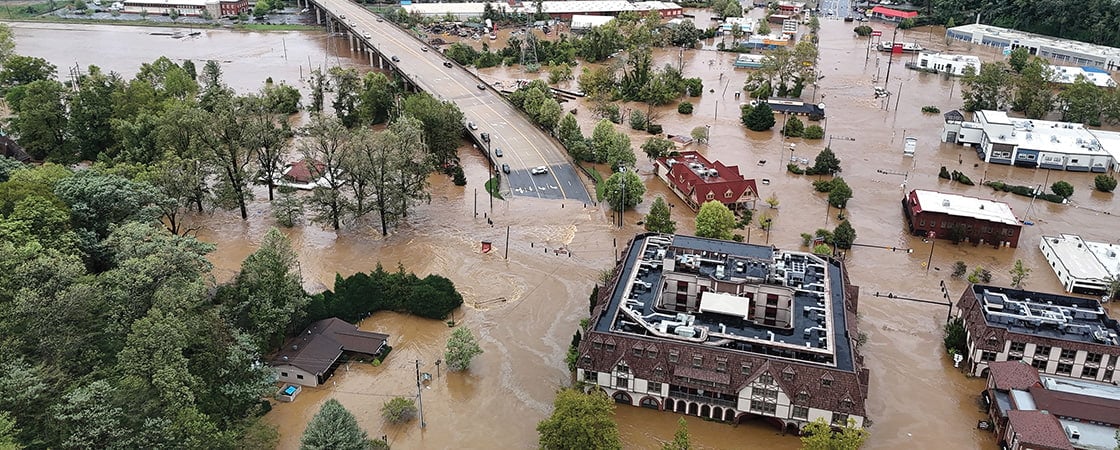Mike Belleme
Evelyn Sarellano Paez
On the morning of September 27, 2024, 15-year-old Evelyn Sarellano Paez woke up in her house near Asheville, North Carolina. Right away, it was clear that something was wrong.
Evelyn’s parents, Maria and Lisandro, were talking in low, worried voices. Her 17-year-old brother, Sebastian, was staring out the window with concern. Rawy, the family’s dog, was watching them all nervously.
“What’s going on?” Evelyn asked, panic squeezing her chest. Her family told her to look outside. So she went to the window—and saw a nightmare unfolding.
Rain was gusting furiously down from the sky. Giant trees were snapping like twigs. Muddy brown water swirled all around their house, already more than 2 feet deep . . . and still rising.
Evelyn stared in shock. She’d known that a big storm, Hurricane Helene, had been expected to head their way. But the storm had first hit Florida, hundreds of miles south. Like many people, Evelyn had assumed the storm would fizzle out before it reached North Carolina.
Now, however, she watched as it ripped her neighborhood to shreds. The dark water was rising higher and higher around their house, showing no signs of slowing down.
The family realized they had to get out—now.
On the morning of September 27, 2024, 15-year-old Evelyn Sarellano Paez woke up in her house near Asheville, North Carolina. Right away, she knew something was wrong.
Evelyn’s parents, Maria and Lisandro, were talking quietly. Her older brother, Sebastian, was looking out the window with worry. Rawy, the family’s dog, was watching them all nervously.
“What’s going on?” Evelyn asked. Her family told her to look outside. So she went to the window. What she saw looked like a nightmare.
It was raining hard. Giant trees were breaking like twigs. Muddy brown water flowed around their house. The water was more than 2 feet deep and still rising.
Evelyn was shocked. She’d known a big storm, Hurricane Helene, was coming their way. But the storm had first hit hundreds of miles south. Like many people, Evelyn had thought the storm would fade before it got to North Carolina.
Now she watched as it destroyed her neighborhood. The water was rising higher around their house. It didn’t look like it was slowing down.
Her family had to get out—now.


